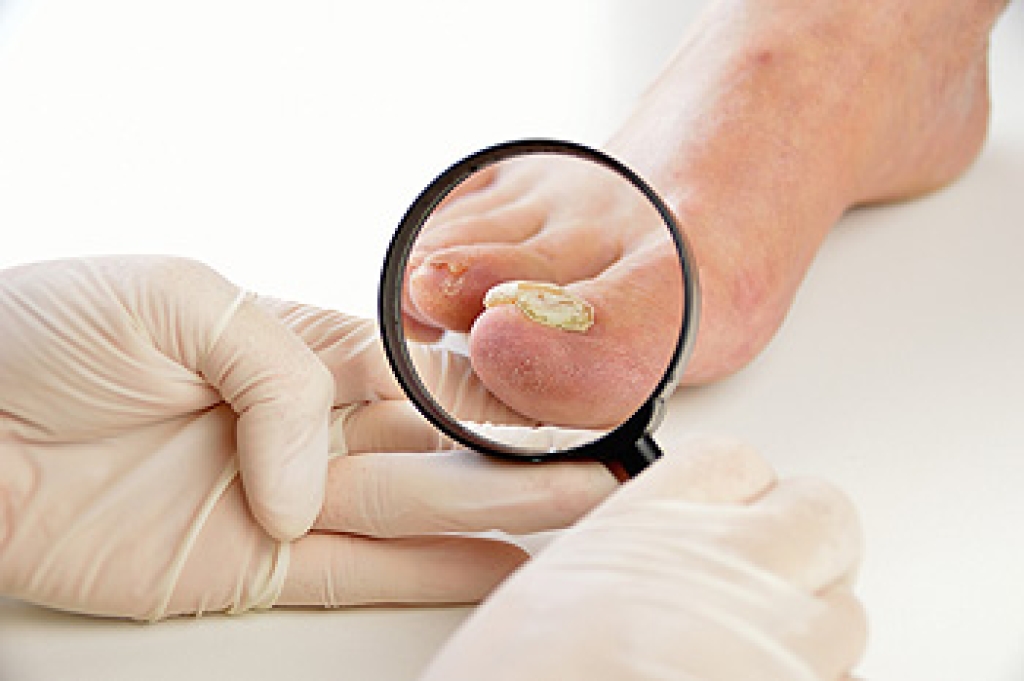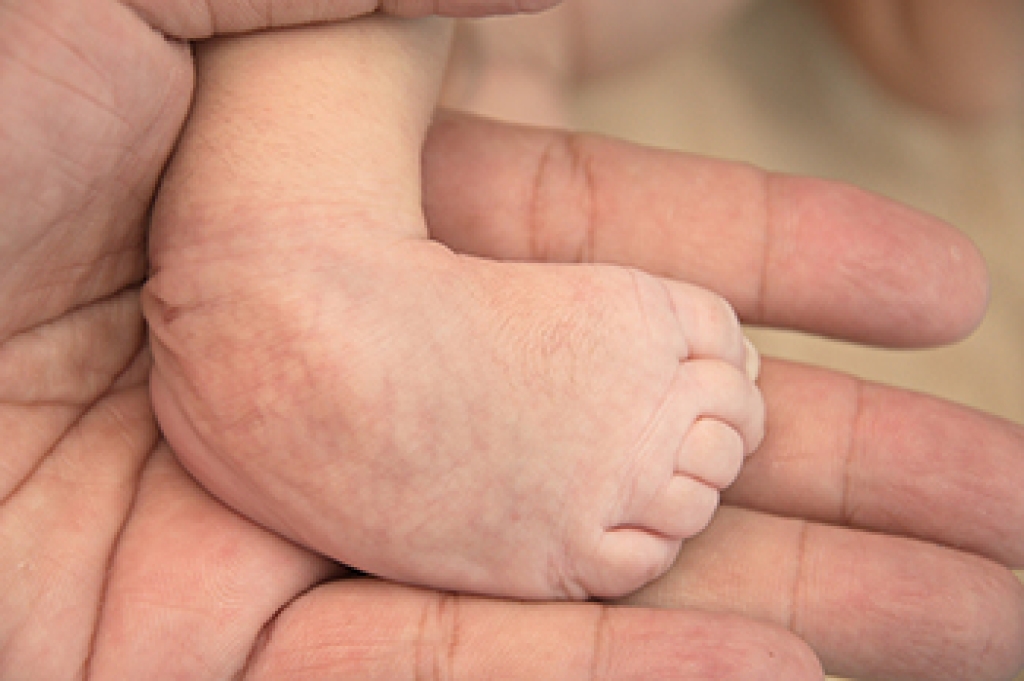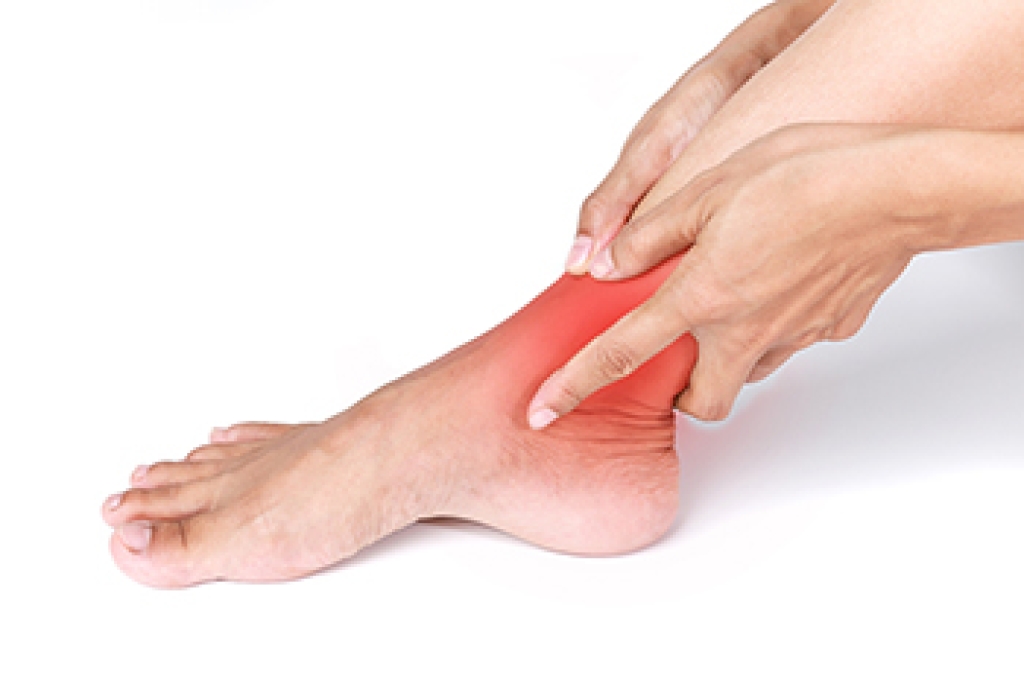
Gout is a form of arthritis caused by a buildup of uric acid crystals in the joints, often affecting the big toe. It can cause sudden, intense pain, redness, warmth, and swelling, making it difficult to walk or wear shoes. To diagnose gout, a podiatrist may recommend a blood test to check uric acid levels. However, high levels do not always mean gout, so joint fluid analysis is often more accurate. This involves drawing fluid from the affected joint to look for uric acid crystals under a microscope. Imaging tests like X-rays or ultrasounds may be used to rule out other conditions or to detect crystal buildup and joint damage. Once diagnosed, treatment for gout includes anti-inflammatory medications, dietary changes, and medications to lower uric acid. If you are dealing with toe pain that you suspect may be gout, it is suggested that you schedule an appointment with a podiatrist who can help you to manage this painful condition.
Gout is a foot condition that requires certain treatment and care. If you are seeking treatment, contact Wendy L. Grossman, DPM from New Jersey. Our doctor will treat your foot and ankle needs.
What Is Gout?
Gout is a type of arthritis caused by a buildup of uric acid in the bloodstream. It often develops in the foot, especially the big toe area, although it can manifest in other parts of the body as well. Gout can make walking and standing very painful and is especially common in diabetics and the obese.
People typically get gout because of a poor diet. Genetic predisposition is also a factor. The children of parents who have had gout frequently have a chance of developing it themselves.
Gout can easily be identified by redness and inflammation of the big toe and the surrounding areas of the foot. Other symptoms include extreme fatigue, joint pain, and running high fevers. Sometimes corticosteroid drugs can be prescribed to treat gout, but the best way to combat this disease is to get more exercise and eat a better diet.
If you have any questions, please feel free to contact our office located in Bloomfield, NJ . We offer the newest diagnostic and treatment technologies for all your foot care needs.





